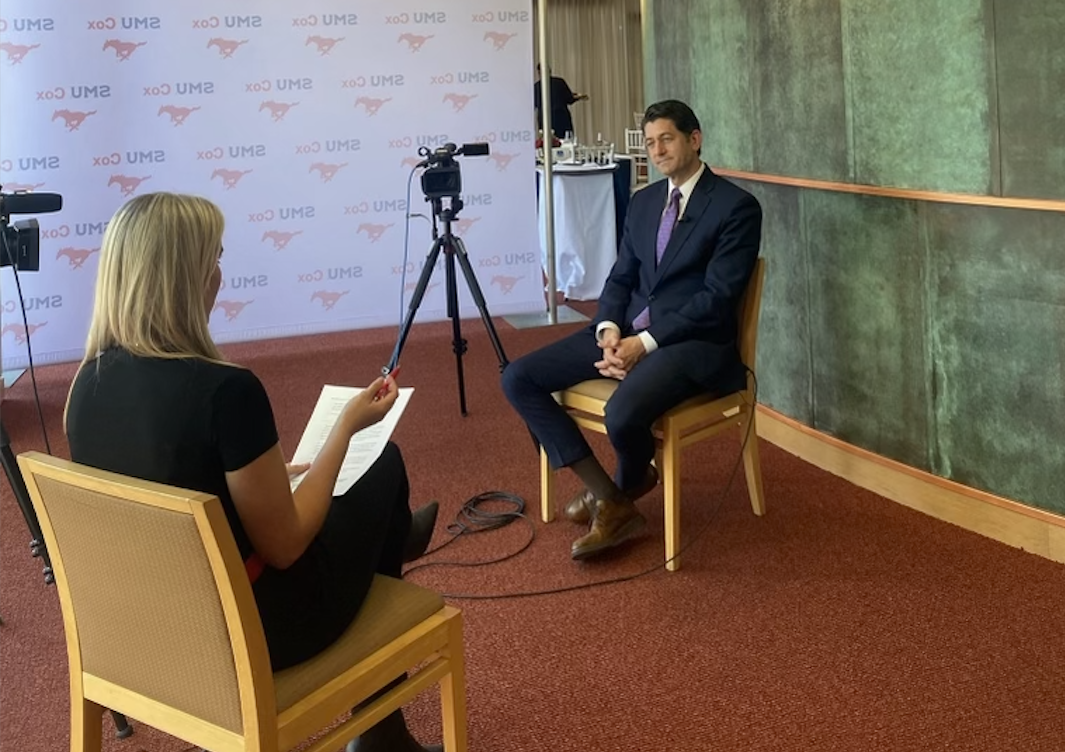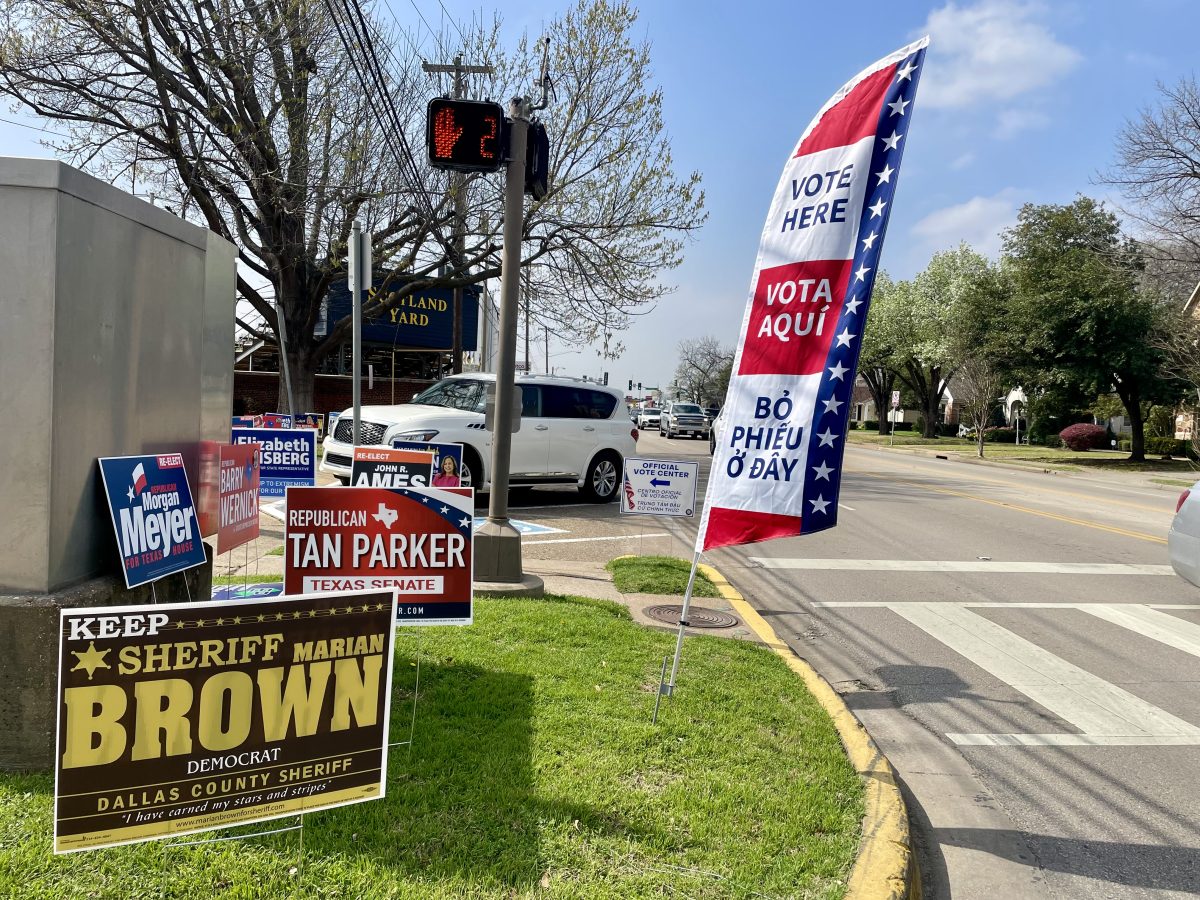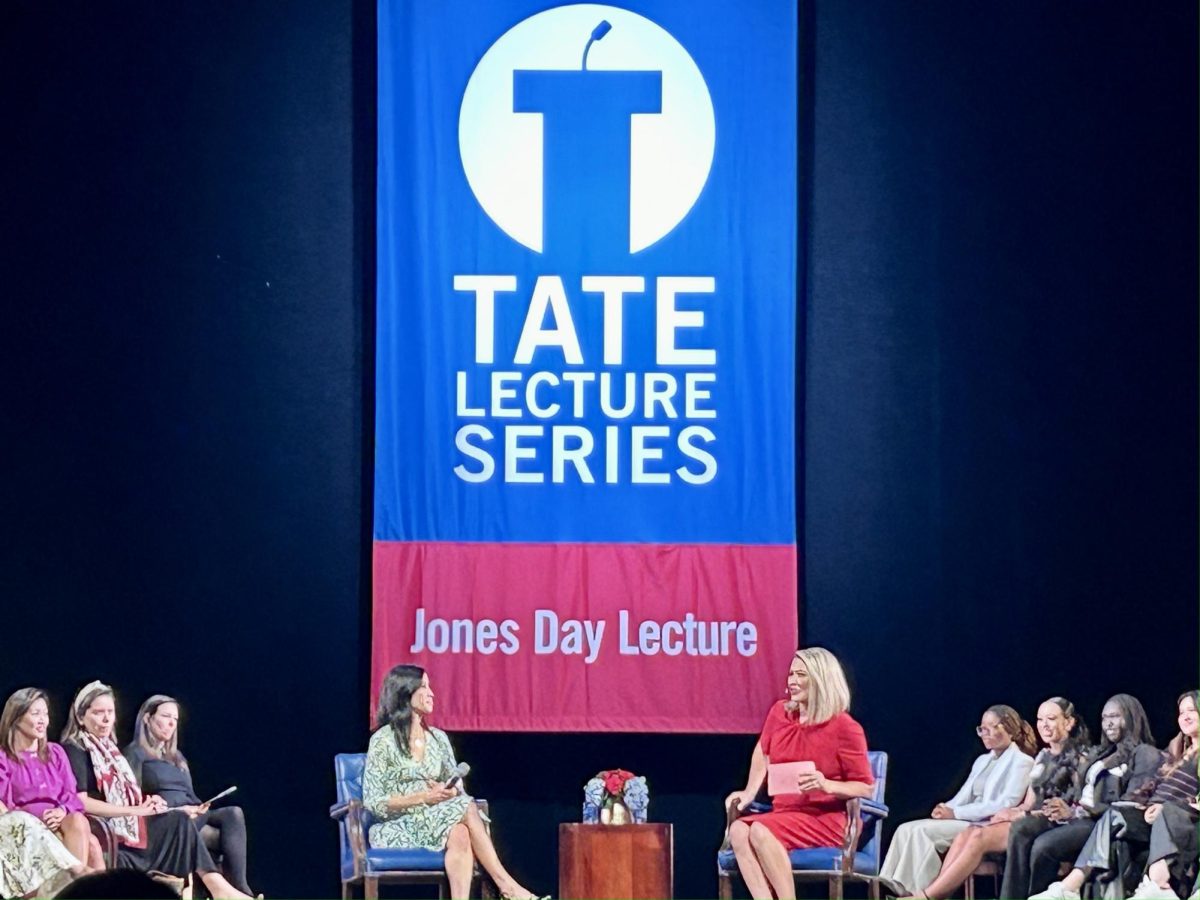It’s free, it’s accessible, it’s effective: it’s YouTube. The 2012 political campaigns are using it more than ever before. But does the rise of YouTube mean the demise of political advertising on television?
Magnolia Group Communications and Finance Coordinator Andrew Topa doesn’t think so.
“It would be naïve to say political television ads are outdated. [YouTube and television] still both serve exclusive purposes and are aimed at different ages of voters especially in the primary election,” Topa said.
In the primaries, candidates are trying to get their name and their message out. The traditional TV spot limits that message to 30 or 60 seconds and can cost thousands, even millions, of dollars. Meanwhile, a candidate can post a 15-minute video on YouTube for free. Once he or she does, it is accessible to the entire world.
That accessibility was only enhanced when YouTube recently announced a brand new politics channel as well as channels for candidates.
At youtube.com/politics viewers can find top hot political videos and candidate comparisons.
Click on any candidate’s photo in the candidate comparison section to be directed to that candidate’s channel. A candidate’s channel showcases political ads, videos, his profile, a link to subscribe, an opportunity to donate, and a comments section.
SMU’s Chair of Communication Studies Ben Voth believes the most important aspect of YouTube is its ability to circumvent the gatekeeper. “Traditional media decides if they’ll cover you,” he said. “Classic establishment media has structures that make it hard for candidates to get that coverage.”
YouTube provides a way for the candidate to cover himself. The ultimate goal is for a campaign to create a YouTube video that “goes viral.”
If it does, traditional media picks it up and replays it over and over again on the news, talk shows and comedy programs.
Now the candidate has gained national exposure without paying the cost.
One example of this is the now famous Herman Cain campaign video featuring his chief of staff Mark Block. It was viewed 1.4 million times in less than two weeks on Youtube.
It was also discussed and played over the national airwaves countless times, partly because it ended with Block smoking a cigarette. In addition to unprecedented exposure the video added to the Cain campaign coffers. The campaign raised over $3 million in less than a month after the video was released.
YouTube provides a forum. It’s one where the candidate has control of the content, but he has no control over the audience. Since most videos don’t go viral, viewers have to actively seek out a video on YouTube. Television ads are different. With television, a viewer doesn’t have to find the ad, the ad finds him.
A recent study by the Pew Research Center revealed that 83 percent of Internet users between the ages of 18 to 29 use social networking sites like YouTube. However that number drops to 51 percent for those aged 50-64.
Taylor Thornley, an SMU graduate who is former press assistant to Cindy McCain in the 2008 presidential election and current deputy director of communications for Virginia Gov. Bob McDonnell, believes TV ads are just as important as YouTube ads.
“Traditional TV campaign ads are equally important in that you are reaching the traditional voting audience, people 50 and over, which still relies on TV for news and information,” Thornley said.
She further points out there are areas of the country that have little broadband width. There are also audiences that a campaign needs to reach but who might not be tech savvy. Then there is the strategic difference between the primary and the general election.
“In the primary you are trying to define your candidate against a party opponent with the same ideology versus the general election where you are trying to tell the complete electorate your story.”
In both cases you need to be able to target the reach of your message especially in swing states. This is something you can’t do with YouTube.
Andrew Topa of the Dallas-based Magnolia agency agrees.
“YouTube is better suited for attracting the new generation of primary voters but the old established voters are not connecting with YouTube so traditional TV is still the way.”
In a recent LA Times article, media consultant Ken Goldstein said that political campaigns spent approximately $2.1 billion in 2008 on television advertising which was up 30 percent from 2004. In 2010 the spending increased to $2.4 billion for the midterm elections.
Topa believes for the 2012 election that number can increase to as high as $3.6 billion. He points to the rise of the SuperPacs, 501C4s and 527 organizations. They can raise and spend unregulated amounts of money which means that the dollars spent on television political ads will be literally “out of control.”

















